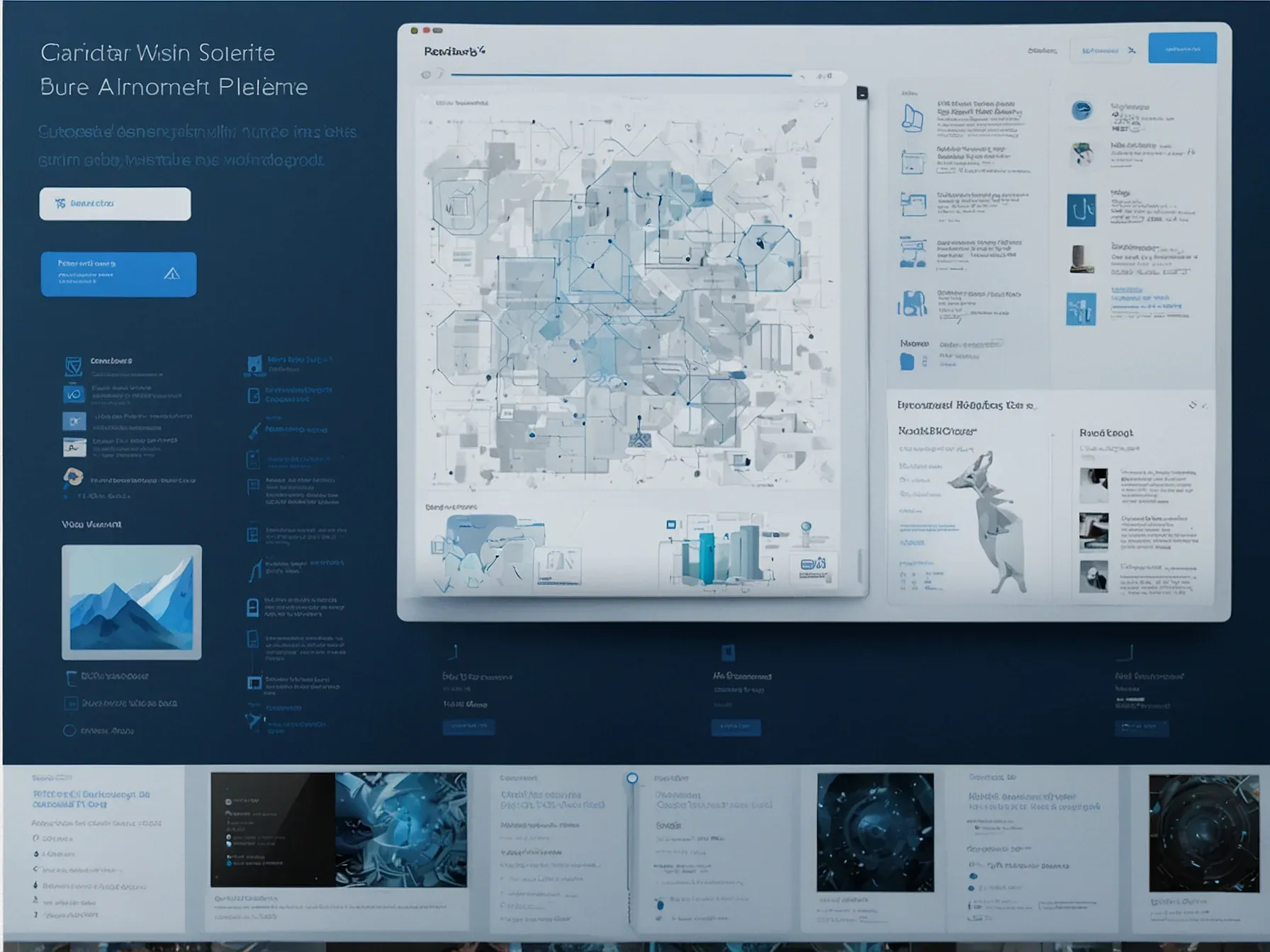
OpenAI goes for-profit; Cursor 2.0 shifts to in-house AI; Anthropic adds Claude
At 00:02:44 the podcast kicks off with a quick news flash, and that’s where the timestamps start to matter for anyone tracking AI tools. The show stitches together three shifts that could reshape how devs and firms work with new models. First, OpenAI’s switch to a for-profit structure seems to signal a different funding rhythm.
Then Cursor rolls out version 2.0, dropping third-party engines in favor of an in-house “Composer” backed by parallel agents. Anthropic follows, putting Claude Code on the web - TechCrunch called that a notable move. Finally, Microsoft introduces Mico, which feels a bit like a modern Clippy, aiming to be a chatty assistant for the AI age.
In just fifteen minutes the episode walks through each segment at precise minute marks, giving listeners a compact roadmap of product releases, corporate reshuffles, and the subtle re-alignments shaping today’s AI conversation. Below you’ll find the full list of timestamps.
Timestamps: (00:00:10) Intro / Banter (00:02:44) News Preview Tools & Apps (00:03:44) Cursor 2.0 shifts to in-house AI with Composer model and parallel agents (00:07:44) Anthropic brings Claude Code to the web | TechCrunch (00:10:01) Microsoft's Mico is a 'Clippy' for the AI era | TechCrunch (00:14:20) Anthropic's Claude catches up to ChatGPT and Gemini with upgraded memory features | The Verge (00:18:46) Canva launches its own design model, adds new AI features to the platform | TechCrunch (00:21:07) Elon Musk's Grokipedia launches with AI-cloned pages from Wikipedia | The Verge Applications & Business (00:25:10) OpenAI completed its for-profit restructuring -- and struck a new deal with Microsoft | The Verge (00:31:25) Qualcomm announces AI chips to compete with AMD and Nvidia (00:34:02) Amazon launches AI infrastructure project, to power Anthropic's Claude model | Reuters (00:38:52) Google and Anthropic announce cloud deal worth tens of billions Projects & Open Source (00:45:22) [2510.25741] Scaling Latent Reasoning via Looped Language Models (00:47:59) OpenAI's gpt-oss-safeguard enables developers to build safer AI - Help Net Security Research & Advancements (00:49:51) [2510.15103] Continual Learning via Sparse Memory Finetuning (00:54:01) [2510.18091] Accelerating Vision Transformers with Adaptive Patch Sizes (00:57:46) [2510.18871] How Do LLMs Use Their Depth? Policy & Safety (01:01:07) AMD, Department of Energy announce $1 billion AI supercomputer partnership | The Verge (01:03:03) Synthetic Media & Art (01:09:34) Universal partners with AI startup Udio after settling copyright suit | The Verge (01:16:04) OpenAI loses bid to dismiss part of US authors' copyright lawsuit | Reuters
OpenAI has moved to a for-profit model, which is a pretty stark break from how it started. The podcast points out that this shift also reshapes its relationship with Microsoft and brings fresh capital onto the table. It’s still not clear whether the new setup will speed up or slow down product releases.
Cursor 2.0 now runs on an in-house Composer system and even rolls out parallel agents, so the editor feels more AI-centric, but we don’t yet know how much that will help developers in day-to-day work. Anthropic has put Claude Code online, according to TechCrunch, adding another coding-assistant to the crowd; adoption numbers haven’t been shared. Microsoft’s “Mico,” a sort of modern Clippy, is meant to sprinkle conversational help throughout its suite, yet its real usefulness is still up for debate.
Qualcomm and a handful of other unnamed tech giants announced fresh AI projects, but the brief didn’t spell out what those initiatives actually cover. The episode strings these items together without a firm verdict, leaving us to judge each move against an AI scene that’s still shifting.
Common Questions Answered
What does OpenAI's transition to a for‑profit structure imply for its relationship with Microsoft?
The shift to a for‑profit model redefines OpenAI's ties with Microsoft by introducing a new capital arrangement and potentially altering funding rhythms. While the exact impact on product release pace is uncertain, the move signals a clearer financial alignment between the two companies.
How does Cursor 2.0's Composer model differ from its previous reliance on third‑party engines?
Cursor 2.0 replaces third‑party AI engines with an in‑house Composer model that leverages parallel agents, enabling tighter integration within the editor. This architectural change aims to provide more cohesive AI assistance for developers, though its practical effects remain to be measured.
What is the significance of Anthropic releasing Claude Code on the web, according to TechCrunch?
Anthropic's rollout of Claude Code makes the model directly accessible via a web interface, expanding its usability for developers and businesses. TechCrunch highlighted this as a notable step toward broader adoption of Anthropic's AI offerings.
In what ways has Anthropic's Claude caught up to competitors like ChatGPT and Gemini?
According to The Verge, Claude now features upgraded memory capabilities that bring it on par with ChatGPT and Gemini in handling longer context windows. These enhancements improve the model's ability to maintain conversation continuity and manage complex tasks.



